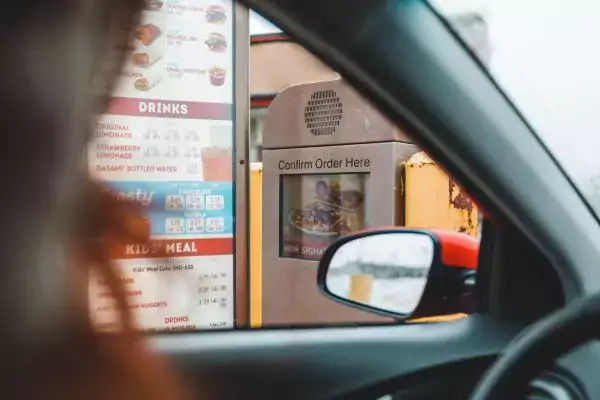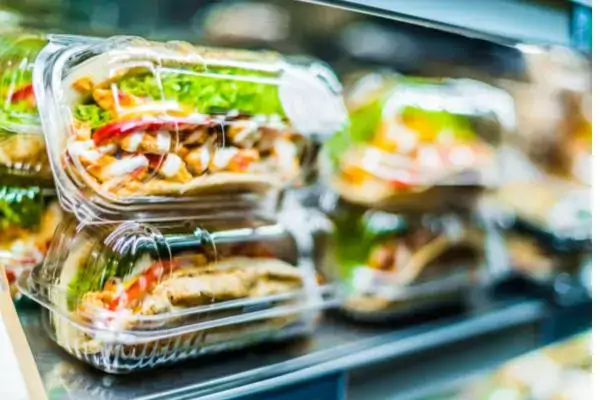In the competitive QSR market, corporate accountability and transparency are becoming “musts” for customers to reflect positively on a product or service. Sustainable packaging has become more than a buzzword in this industry, and it’s now an important consideration that customers take into account prior to purchasing an item.
Consumers Now Demand It
As reported by QSRweb.com, an Asia Pulp & Paper survey revealed that 62% of Americans want the food industry to include sustainable packaging information on product labels. These results indicate that sustainability has become a priority, whereas in the past, environmental information on food labels was considered “nice to have.”
Major players are paying attention to this trend. McDonald's, Krispy Crème, and Dunkin’ Donuts have all rolled out sustainable product PR, with McDonald’s committing to 0% deforestation. In a challenging economy and competitive field, it’s these kinds of campaigns that help a company connect with customers in a meaningful manner that ultimately leads to brand loyalty.
The Importance of a Waste Audit
Like any other PR and marketing campaign, the decision to market sustainable practices must be well thought-out and researched. Making false claims about packaging or promoting a waste reduction program that simply doesn’t exist could be harmful to your brand in the long-run, especially considering that your customers do, in fact, pay attention to your practices.
Don’t trash the idea until you’ve literally looked at your trash!
As Sustainable Foodservice points out, the knowledge gained by a waste audit is helpful in determining what needs to be changed in current waste reduction and recycling programs and what new programs need to be implemented.
The actual audit is as messy as it sounds, and requires a few brave souls, plastic tarps, rubber gloves, buckets, and scales. Sustainable Foodservice outlines the 5-step process. The audit begins by separating the trash based on different areas of your operation. For instance, kitchen, front of house, and prep kitchen.
Create an audit form that accounts for the weight and volume of the trash in each area.
Sustainable Foodservice recommends a Microsoft Excel sheet and creating multiple sheets. You can create these forms in a fraction of the time by using a tool like Zenput. Even better, you can skip email and share the results with other locations across your network.
The final step of this process focuses on actionable results. You should be able to answer the following questions:
- Were there recyclables in the trash?
- If so, who is throwing them away?
- Was the majority of the trash food waste?
- Was there a lot of food packaging?
- Can you use other options that don’t have as much packaging?
By the way, my favorite step in all of this is “Step 4: Clean up then have a beer. You deserve it.” That, to me, sounds like good advice after a day of sorting through trash. Don’t forget to pick up the tab for your employees! That reminds me…
Involve Your Employees
Creating a more sustainable business is a process that starts from the inside and works its way out to your customers. It begins with a change in company culture.
Make sustainability a part of the employee onboarding process. Encourage employees to point out waste and reward those who suggest a solution. Don’t forget your employees are customers, too. Ask for their feedback on waste reduction and ask for their help when it comes time for implementation.
Subscribe to our blog
You are now subscribed!


